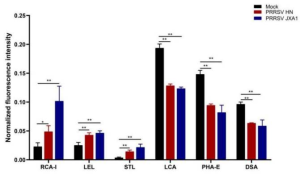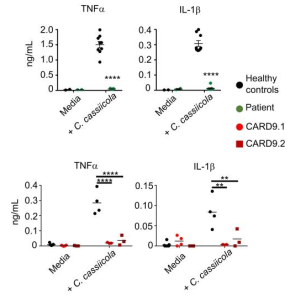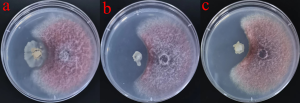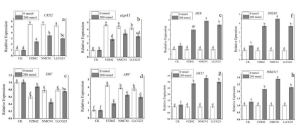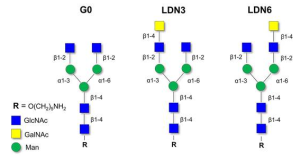Changes in cell surface glycans after viral infection by lectin microarrays: Porcine infectious diseases caused by highly pathogenic porcine reproductive and respiratory syndrome virus
A group from Beijing Key Laboratory of Traditional Chinese Veterinary Medicine, Animal Science and Technology College, Beijing University of Agriculture, Beijing, China has reported about changes in glycosylation of porcine pulmonary microvascular endothelial cells due to highly pathogenic porcine reproductive and respiratory syndrome virus infection.
https://www.ncbi.nlm.nih.gov/pmc/articles/PMC9695484/
Porcine reproductive and respiratory syndrome virus (PRRSV) has been widespread around the world and has seriously jeopardized the pig industry for decades, mainly causing severe reproductive disorders in sows and respiratory symptoms in piglets. However, its pathogenesis has not been fully clarified so far, causing its prevention and control to remain a great challenge.
To understand the effects of highly pathogenic porcine reproductive and respiratory syndrome virus (HP-PRRSV) infection on the surface carbohydrate chains of PPMVECs, they were infected with HP-PRRSV HN and JXA1 strains in this study. Then, their cell surface glycan profiling was analyzed by lectin microarrays.
It was found that HP-PRRSV infection of PPMVECs significantly damages the cell surface structures, especially causing the decrease in complex N-glycans and the increase in poly-N-acetyllactosamine. This finding suggest that changes in cell surface carbohydrate chains may be an important factor causing the dysfunction of HP-PRRSV-infected PPMVECs.

